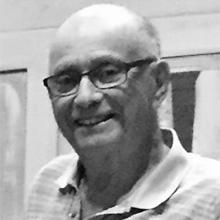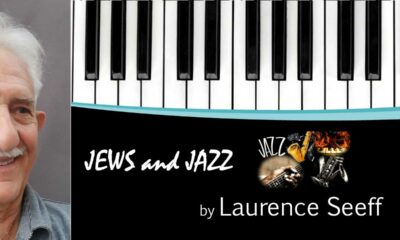Features
New biography of Carole King explores the musical genius of America’s most successful female singer-songwriter
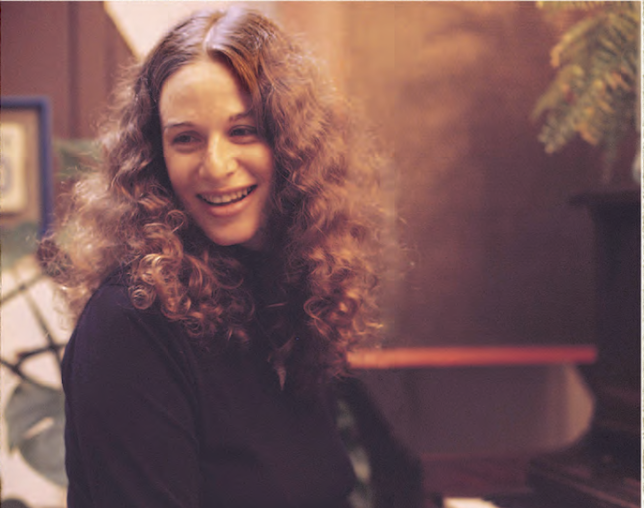
Reviewed by BERNIE BELLAN
Carole King (born Carol Klein in 1941) is arguably the most successful female singer-songwriter of all time. With over 75 million record albums sold and with 118 songs that she either wrote or co-wrote, King’s prolific and fabulously successful career has been the subject of several books and numerous articles, including her own memoir, published in 2012, which was titled “Carole King: A Memoir.”
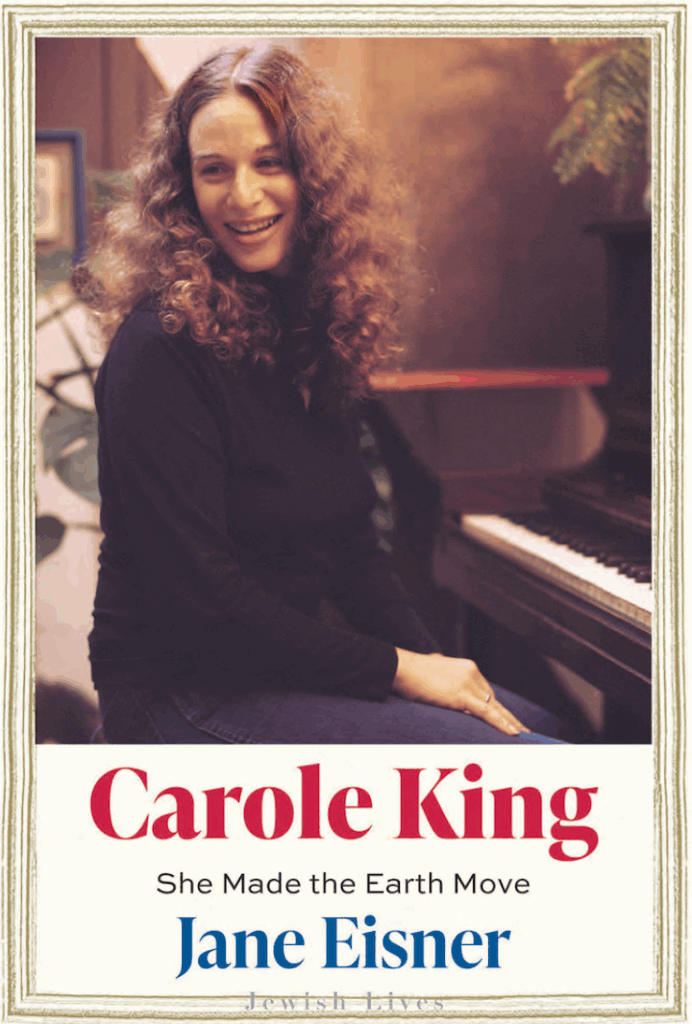
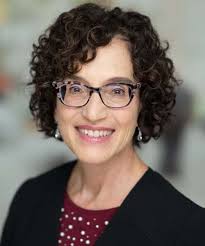
Now, in a soon-to-be-released book, titled “Carole King: She Made the Earth Move,” journalist Jane Eisner takes a fresh look at King’s life, including her two most recent marriages (which King tends to gloss over in her own memoir, according to Eisner) to two men who were abusive to King, both physically and mentally.
Eisner herself has had a very successful career, having worked at the Philadelphia Inquirer for 25 years in various positions, including as a reporter, editor, and executive. Later, she spent 10 years as editor of The Forward, a leading American Jewish newspaper (which has now transitioned to an online version only and can be read for free at forward.com.)
The book is the latest addition to a series of books produced by Yale University Press titled “Jewish Lives.” According to the Jewish Lives website, “Jewish Lives is a prizewinning series of biography designed to explore the many facets of Jewish identity.
“Individual volumes illuminate the imprint of Jewish figures upon literature, religion, philosophy, politics, cultural and economic life, and the arts and sciences.
“Subjects are paired with authors to elicit lively, deeply informed books that explore the range and depth of the Jewish experience from antiquity to the present.”
In Carole King’s case, however, King has given very few interviews over the years and Eisner was not able to speak to King directly. In explaining how she approached this book, Eisner writes: ” I’ve taken on the challenge to write an interpretive biography of a musical icon who is brilliant, accomplished, and complicated.
“This book was quite a journey. Though I’ve admired her music since Tapestry was released, I wanted to understand it from the inside out. To do that, I studied piano for two years, which enabled me to dissect her musicality and describe what musicians call the ‘Carole King chord.’
“Carole King was her own kind of trailblazer — she often led recording sessions in a studio full of men as she defied expectations of what a woman can and should do. I can relate. Often being the only woman in the room deeply shaped my outlook, too. It made me aware of the stories we weren’t telling and the perspectives that escaped our attention; it also made me try hard to pay it forward, and to help younger women achieve their own professional dreams.
“Ambition and anxiety, accomplishment and regret – all those conflicting emotions have laced through my personal and professional lives. That’s one reason I was drawn to write about Carole King. She faced that juggling act from the highest levels in her field. ‘My baby’s in one hand, I’ve a pen in the other,’ as she memorably wrote.”
I hadn’t realized that Eisner did not have a background in music until after I finished reading her biography of King. That makes what she has produced all the more admirable, as a great many parts of the book dissect the song writing experience in great detail. In fact, if you don’t know how to read music (which, I admit, I myself don’t), you will probably be at a loss trying to understand many parts of this book. Eisner aims to do her best to explain the genius that lay behind KIng’s best works – and how incredibly varied her style was.
Anyone who has seen the Broadway musical about King, titled “Beautiful: The Carole King Musical,” would have an appreciation for just how gifted King was. As Eisner explains, King’s musical talent was on clear display from a very early age. Her mother, Eugenia (née Cammer) discovered that young Carol (who added an “e” to her name when she left home when she only 17 to try to forge a career in songwriting, and changed her name from Klein to King) was very gifted musically already by the age three. Eugenia taught Carol piano herself, including music notation and proper note timing.
In Eisner’s account of King’s childhood, her early years come across as very happy. The book’s introductory chapter delves into both Carole’s mother’s and father’s family histories, going all the way back to Europe in the 1800s. King’s father, Sidney, was a firefighter in Brooklyn, where the family lived but, along with several other Jewish firefighters, Sidney purchased land on a lake in Connecticut called Lake Waubeeka. Young Carol loved her summers spent in what were very rustic conditions – and Eisner suggests that early childhood experience played a pivotal role later in King’s life when, after having achieved fabulous success – beginning with the release of her seminal album, Tapestry, in 1971 – soon to be followed by a prodigious number of other albums, King threw it all away and went to live in the Idaho wilderness – with two different husbands in succession, as mentioned, who both treated her cruelly.
Since King has remained largely silent about what led her to take such a major shift in her life – when she was still only in her 30s, moving away from the vibrant music scene of Los Angeles, where King had produced her greatest work, only to virtually cut herself (and three of her four children) from the world, Eisner uses her reportorial skills to pore through previous accounts of King’s life (including, of course, King’s own memoir), along with first hand interviews of many of the individuals who played key roles in King’s life, to try to understand how King could have changed gears so dramatically.
Eisner also refers to King’s younger brother, Richard, who was intellectually disabled and shunted off to live in an institution when he was only three. Since King rarely referred to him, Eisner speculates that King was somewhat traumatized by that experience – and that it might have played a role in the trauma that surfaced later in her life when she entered into marriages to two different – and abusive men – along with the trauma she endured when she found out her first husband, Gerry Goffin, had been unfaithful to her.
Since this book is part of a series called “Jewish Lives,” Eisner spends a fair bit of time examining how much being Jewish meant to Carole King – when, in her early years, for instance, she met Gerry Goffin, who was her first husband and first songwriting partner – and whom she married in a typically Jewish ceremony. After she was finally able to put the disastrous marriages to her last two husbands behind her, King once again returned to her Jewish roots, albeit in a spiritual form, but not with any particular involvement in the Jewish community, per se.
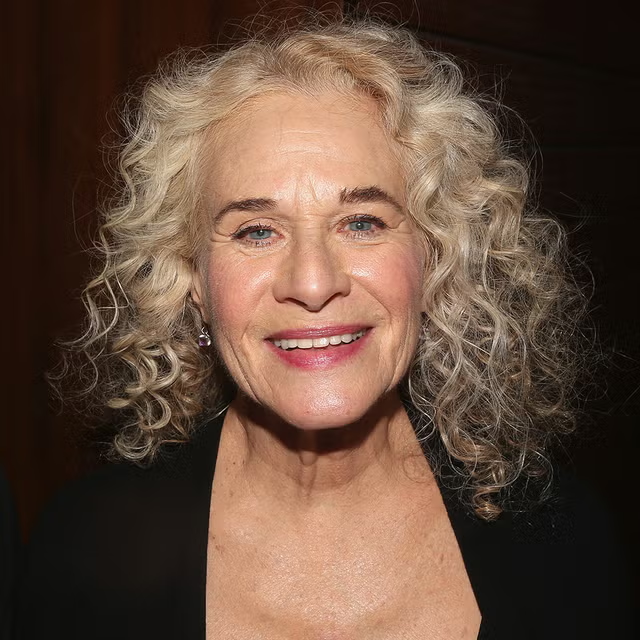
As Eisner writes toward the end of her book, “Throughout her very long career, King has displayed an anguished and conflicted attitude toward the public celebrity expected of her as an iconic musician. The yearning for privacy and the consequent fear of exposure, gripped her early on. Even though she had performed as a child, and sought the spotlight as a teenager, she often recoiled from it as an adult, especially as a mother. She complained about being so far away from her family when she was touring – indeed, wrote the definite song about just that experience – and yet grew to relish live performance with the same zeal and affection as she did when recording in a closed studio.”
The Broadway musical about King ends with the dissolution of her marriage to Goffin. Anyone who would have seen that show and might have been curious about what happened next in King’s life would find the answers in “Carole King: She Made the Earth Move.” Eisner notes that King’s second husband, Charles Larkey, was also Jewish and, like Goffin, was introduced to King through music, as Larkey was an accomplished musician who collaborated with King on many of her albums. But Larkey was five years younger than King, and Eisner speculates that the age difference played a major factor in their growing apart.
As talented as King was, she was also very much a devoted mother who was determined to stay at home with her children – two born while she was with Goffin, and two with Larkey. Eisner describes King’s initial reticence about playing her music in public – and the gradual ease she felt playing in front of larger and larger crowds, culminating in a concert in Central Park in 1973 with over 100,000 people in attendance.
“Carole King: She Made the Earth Move” is not meant to be an exposé of any sort. It’s written in a very professional, reportorial style. Eisner’s years of newspaper experience shine through, as she tells a very compelling story of genius punctuated by frequent heartbreak. Of course, anyone who has listened to Tapestry or some other of King’s albums of that era would be well aware that she fully used music to express her emotion. But Eisner also analyzes some of King and Goffin’s early – and greatest songs, such as “Up on the Roof,” “Will You Love Me Tomorrow?” and “You Make Me Feel Like a Natural Woman, ” to show that King was a musical genius from the very beginning – and that she knew exactly how to elicit an emotional response to her most heartfelt songs.
“Carole King: She Made the Earth Move” is set to be released September 16, according to information available online, but you can pre-order the book from a number of different sources.
“Carole King: She Made the Earth Move”
By Jane Eisner
Yale University Press
Set to be released Sept. 16, 2025
Features
A People and a Pulse: Jewish Voices in Jazz and Modern Music
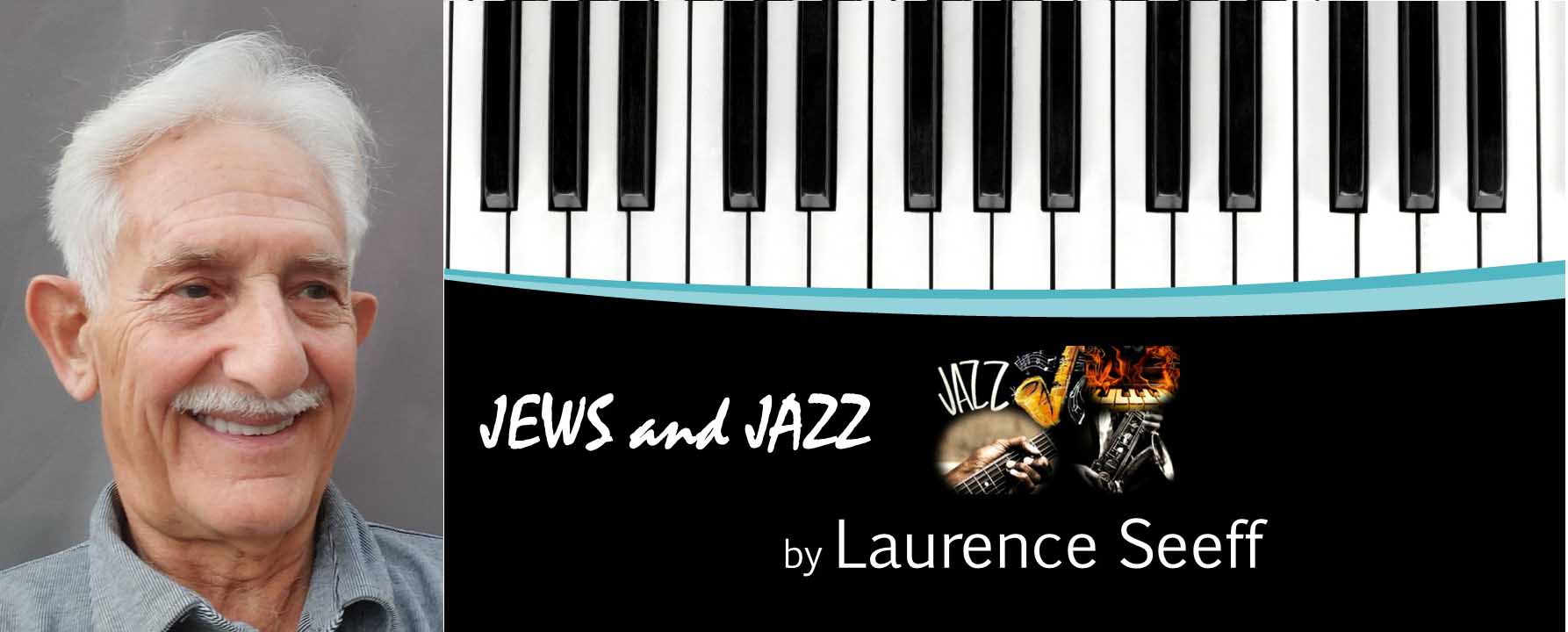
By MARTIN ZEILIG Jazz history is usually told through its most iconic names — Armstrong, Ellington, Parker, Davis — yet running alongside that familiar story is another, often under‑acknowledged one: the deep and enduring contribution of Jewish musicians, bandleaders, composers, and cultural intermediaries.
From the moment jazz emerged at the turn of the 20th century, Jews were not simply observers but active shapers of the music and the industry around it. Their influence — artistic, entrepreneurial, and cultural — has been both significant and, in many respects, disproportionately large. Jews and Jazz (171 pg. $18.75 US) a self‑published work by Laurence Seeff, brings this parallel narrative into sharp, affectionate focus.
Seeff is an ideal guide.
Born in London in 1951, he built a career that moved from statistics to energy policy in Paris, from financial markets at Bloomberg to corporate training in the City of London, all while writing poetry, songs, and humorous verse. Today he lives in Israel, where he continues to write, perform, learn Ivrit, and enjoy life with his large family. Through all these chapters runs a constant passion for jazz — a passion sparked more than fifty‑five years ago when he first heard Terry Lightfoot’s Jazzmen in a Bournemouth pub.
His writing blends clarity, humour, and genuine love for the music and the people who made it.
The musicians he profiles often came from immigrant families who brought with them the musical DNA of Eastern Europe — the cadences of synagogue chant, the urgency of klezmer, the cultural instinct for learning and artistic expression. When these sensibilities met the African American genius of early jazz, the result was a remarkable creative fusion.
Some figures, like Chico Marx, are better known for comedy than musicianship, yet Seeff reminds us that Chico was a serious pianist whose jazz‑inflected playing appeared in every Marx Brothers film and whose orchestra launched young talents like Mel Tormé. Others — Abe Lyman, Lew Stone, and Oscar Rabin — shaped the dance‑band era on both sides of the Atlantic.
Canadian readers will be pleased to find Morris “Moe” Koffman included as well: the Toronto‑born flautist and saxophonist whose “Swinging Shepherd Blues” became an international hit and whose long career at the CBC helped define Canadian jazz.
Seeff also highlights artists whose connection to jazz is more tangential but culturally revealing. Barbra Streisand, for example — a classmate and choir‑mate of Neil Diamond at Erasmus Hall High School — was never a natural jazz singer, yet her versatility allowed her to step into the idiom when she chose.
She opened for Miles Davis at the Village Vanguard in 1961 and, nearly half a century later, returned to the same club to promote Love Is the Answer, her collaboration with jazz pianist Diana Krall. Her contribution to jazz may be limited, but her stature as one of the greatest singers of all time is unquestioned.
Neil Diamond, too, appears in these pages.
Though not a jazz artist, he starred — with gusto, if not great acting finesse — in the 1980 remake of The Jazz Singer, 53 years after Al Jolson’s original. The film was not a success, nor was it truly a jazz picture, but its title and its star’s Jewish identity make it part of the cultural tapestry Seeff explores.
Diamond and Streisand recorded together only once, in 1978, on “You Don’t Bring Me Flowers,” a reminder of the long‑standing artistic ties between them.
Mel Tormé, by contrast, was deeply rooted in jazz. Nicknamed “The Velvet Fog,” he was a prodigy who sang professionally at age four, wrote his first hit at sixteen, drummed for Chico Marx, and recorded with Benny Goodman and Artie Shaw. Ethel Waters once said he was “the only white man who sings with the soul of a black man.” His story exemplifies the porous, collaborative nature of jazz.
Seeff also includes non‑Jewish figures whose lives intersected meaningfully with Jewish culture. Frank Sinatra — perhaps the greatest crooner of them all — was a steadfast supporter of Jewish causes, from protesting during the Holocaust to raising funds for Israel Bonds and the Hebrew University. His multiple visits to Israel, including a major concert in Jerusalem in 1975, underscore the depth of his connection.
Danny Kaye earns his place through his close work with Louis Armstrong, his pitch‑perfect scat singing, and his starring role in The Five Pennies, the biopic of jazz cornetist Red Nichols. Though not a jazz musician per se, his performances radiated a genuine feel for the music.
A later generation is represented by Harry Connick Jr., whose Jewish mother and New Orleans upbringing placed him at the crossroads of cultures. A prodigy who played publicly at age five, he went on to become one of the most successful jazz‑influenced vocalists of his era, with ten number‑one jazz albums.
Even Bob Dylan appears in Seeff’s mosaic — another reminder that Jewish creativity has touched every corner of modern music, sometimes directly through jazz, sometimes through the broader cultural currents that surround it.
Taken together, the concise portraits in Jews and Jazz form a lively, engaging mosaic — a celebration of creativity, resilience, and cross‑cultural exchange. They show how Jewish musicians helped carry jazz from vaudeville and dance halls into swing, bebop, cool jazz, pop, rock, and film music.
They remind us that jazz, at its heart, is a meeting place: a space where people of different backgrounds listen to one another, learn from one another, and create something larger than themselves.
For further information, contact the author at the following email address: laurenceseeff@yahoo.co.uk
Features
Jews in Strange Places

By DAVID TOPPER The Jewish contribution to 20th century popular music is well known. From Jerome Kern through to Stephen Sondheim, Jews played major roles as both composers and lyricists in the so-called Great American Songbook. (An exception is Cole Porter.) It continued in Musical Theatre throughout the rest of the century.
One very small piece of this story involves what Time magazine in the December 1999 issue called “the tune of the century.” First recorded sixty years before that, it is the powerful and haunting tune called “Strange Fruit,” which is about the lynching of black people in the southern USA. First sung by Billie Holiday in 1939, it became her signature tune.
So, why do I bring this up? Because there is a multi-layered Jewish connection to this song that is worth recalling, which may not be known to many readers.
Let’s start with the lyrics to “Strange Fruit,” which are the essence of this powerful piece:
Southern trees bear strange fruit,Blood on the leaves and blood at the root,Black bodies swinging in the southern breeze,Strange fruit hanging from the poplar trees.Pastoral scene of the gallant south,The bulging eyes and the twisted mouth,Scent of magnolias, sweet and fresh,Then the sudden smell of burning flesh.Here is fruit for the crows to pluck,For the rain to gather, for the wind to suck,For the sun to rot, for the trees to drop,Here is a strange and bitter crop.
Before becoming lyrics in a song, this poem stood alone as a potent statement about the lynchings still taking place throughout the American South at the time. The strong metaphorical imagery never explicitly mentions the lynching, which adds to the poetic power of this poem. Standing alone, I believe it’s an important protest verse from the 20th century.
Searching it on the internet, you may find the author listed as Lewis Allan. But that’s not his real name. “Lewis Allen” is the often-used pen name of Abel Meeropol, a Jewish High School teacher from the Bronx in New York. He and his wife, Anne (nee Shaffer), had two stillborn children with those names – a fact that adds a poignant element to this story.
The origin of the poem for Abel was a photograph he had seen of a lynching of black men in the South. I have seen such images, possibly even the one Abel saw: for example, a sepia photograph of two black men hanging from a long tree limb, and a large crowd of white people below (men, women and even children!), most seeming dressed in their Sunday best (some men with straw hats) looking up and gawking at the sight, some with smiles on their faces – as if attending a festive spectacle. Like Abel, I felt repelled by the picture: it turned my stomach. This communal display of horrific cruelty gave me a glimpse into Abel’s mind, and I understood how it compelled him to write about it. He thus wrote the poem, and it was published in a teacher’s magazine in 1937.
Being a songwriter too, in 1938 Abel added a melody and played it in a New York club he often attended. But here’s where this story’s documentation gets contradictory, depending upon who is recalling the events. The club owner knew Billie Holiday, and he showed the song to her. What her initial response was, we cannot know for sure. But we do know that in a relatively short time, she added it to her repertoire. It eventually became her signature tune. She initially sang it in public, but because of its popularity among her fans, there was pressure to record it too.
There were initial rejections from recording companies because of the controversial content. But Commodore Records took a chance and pressed the first recording in April 1939. This was the same year the movie “Gone with the Wind” came out; it was steeped in racial stereotyping. It was also sixteen years before Rosa Parks refused to give up her seat on a bus in Montgomery, Alabama.
As a record, the song obviously reached a large audience. Since the content was about racism, the song was seen as politically radical; not surprisingly, many radio stations banned it from the airwaves.
Furthermore, it’s also not surprising that Abel, a schoolteacher, was called to appear before a committee of New York lawmakers who were looking for communists in the schools. Possibly they were surprised to find that the poem and the song were written by a white man – and a Jew to boot. In particular, they wanted to know if he was paid by the Communist Party to write this song. He was not. And, in the end, they let him go. But shortly thereafter he quit his teaching job.
This took place in 1941 and was a precursor to the continued American obsession with communism into the 1950s, under Senator Joe McCarthy.
Indeed, that episode had an impact on Abel and Anne too. In 1953 Julius and Ethel Rosenberg were convicted of giving information about nuclear science to the Soviet Union, and they were the first married couple to be executed in the electric chair. They left two sons, Michael (age 10) and Robert (age 6). Apparently, immediate family members were reticent to get involved with the boys, possibly afraid of being accused of sympathizing with communism.
Enter Abel and Anne. Without a moment’s hesitation they stepped in, taking and raising the boys. As Michael and Robert Meeropol they eventually went on to become college professors – and naturally were active in social issues. Anne died in 1973. Abel died in 1986 in a Jewish nursing home in Massachusetts, after a slow decline into dementia. Long before that, Billie Holiday died in 1959, ravaged by the drug addition that took her life at forty-four years of age.
See why I called this a multi-layered Jewish story that’s worth telling?
To hear Billie Holiday singing “Strange Fruit” click here: Strange Fruit
Features
Is This the End of Jewish Life in Western Countries?
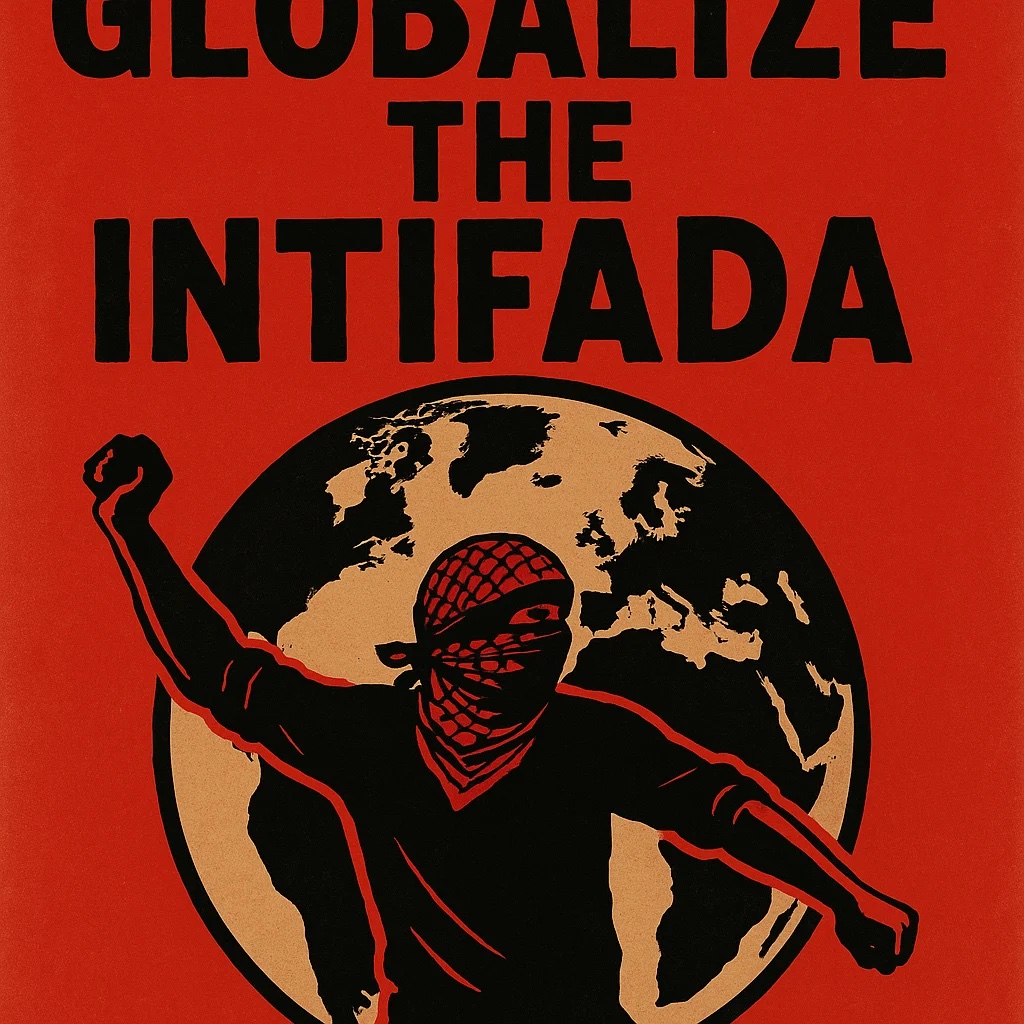
By HENRY SREBRNIK “Globalize the Intifada” has been the chant echoing through streets since October 7th, 2023. It was never a metaphor, and we now see the gruesome results across the western world, from Australia to Canada: the rise of groups of large, active networks of Islamist and anti-Zionist organizations.
Jews in the West are discovering that the nations they defended, enriched, and profoundly shaped have become increasingly inhospitable. After the Holocaust, explicit Jew-hatred became unfashionable in polite society, but the impulse never disappeared. The workaround was simple: separate Zionism from Judaism in name, then recycle every old anti-Jewish trope and pin it on “the Zionists.”
We have seen the full legitimization of genocidal anti-Zionism and its enthusiastic adoption by large segments of the public. The protests themselves, as they began immediately on October 7th, were celebrations of the Hamas massacres. The encampments, the building occupations, the harassment campaigns against Jewish students, the open calls for intifada, the attacks on Jews and Jewish places have become our new norm. History shows us that antisemitism does not respond to reason, incentive or the honest appeals of the Jewish community.
Outside the United States, there is no Western political establishment with either the will or the capability to address this problem, let alone reverse its growth. I’m sorry to say this, but the future of Western Europe, Canada, Australia, and New Zealand is likely to be increasingly Jew-free.
Today, police stand and watch mobs chant for Israel’s destruction, call for the genocide of its people, harass visibly Jewish citizens, and drive antisemitic intimidation deep into urban life. They now believe their job is to enforce the law only if it does not risk upsetting violent constituencies. This makes Jews expendable, because defending them risks confrontation. This was very clear in the Bondi Beach massacre.
Jews are again donning caps instead of kippot, dressing generically with no cultural markers, and avoiding even a tote bag with Hebrew on it. A corrosive creep toward informal segregation in retail and service sectors is occurring, as Jewish customers report being refused service. A mezuzah hanging from a rideshare mirror leads to cancellations. When Jews express frustration, they are accused of exaggeration or attempting to suppress criticism of Israel. Jewish fear is not treated as a real problem.
“Jews Are Being Sent Back into Hiding,” the title of a Dec. 15 article in the New York Free Press by David Wolpe and Deborah Lipstadt, asserts that the attacks on Jews, including physical assaults, social media campaigns and, most tragically, the recent murders in Australia, are part of a purposive campaign designed to make Jews think twice about gathering with other Jews, entering a synagogue, going to kosher restaurants, putting a mezuzah on the doorpost of their apartments or dorm rooms, or wearing a Jewish star around their necks.
“We know of no one who would consider giving a niece, nephew, grandchild, or young friend a Jewish star without first asking permission of their parents,” they write. The unspoken, and sometimes spoken, question is: “Might wearing a star endanger your child’s well-being?”
Recently, a prominent American rabbi was entering a Target store in Chicago with her grandson, whom she had picked up from his Jewish day school. As they walked into the store the 10-year-old reached up and automatically took off his kippah and put it in his pocket. Seeing his grandmother’s quizzical look, he explained: “Mommy wants me to do that.”
Borrowing a phrase from another form of bigotry, they contend that Jews are going “back into the closet.” No public celebration of Hanukkah took place in 2025 without a significant police presence. Some people chose to stay home.
Lipstadt and Wolpe know whereof they speak. They are respectively a professor of history and Holocaust studies who served as the Biden administration’s ambassador tasked with combating antisemitism, the other a rabbi who travels to Jewish communities throughout the world, and who served on Harvard’s antisemitism task force in the aftermath of the October 7, 2023 pogrom.
What the world has seen over the past two years is a continual, often systematic attempt to terrorize Jews. When political leaders fail to condemn rather than merely “discourage” chants of “globalize the intifada,” we are seeding the ground for massacres like the Hannukah one in Sydney.
If each Jewish holiday will now be seen by antisemites as an opportunity for terror, then the prognosis for diaspora Jewry is bleak. There will be fewer public events, more alarms, more bag checks at doors; there will have to be more security and more police. Unless things change, Jewish life in the diaspora will become more sealed off from the larger society.
Why has this failure come about? Confronting antisemitism, stopping the mobs, challenging the activists, and disciplining antisemitic bureaucrats all carry electoral risk for politicians; Jews are demographically irrelevant, especially compared with Muslim voters, with the U.S. being the only partial exception.
There are those who suggest Jews stop donating funds to educational and other institutions that have turned against us. At this point, I doubt very much that withdrawing dollars will have an impact. For every dollar withdrawn, there will be 100 from Qatar and other sources in its place.
Throughout history, the way a society treats its Jews predicts its future with unerring accuracy. If Jews leave, it will be because a civilization that will not defend its Jews will also defend next to nothing and may itself not survive.
Henry Srebrnik is a professor of political science at the University of Prince Edward Island


